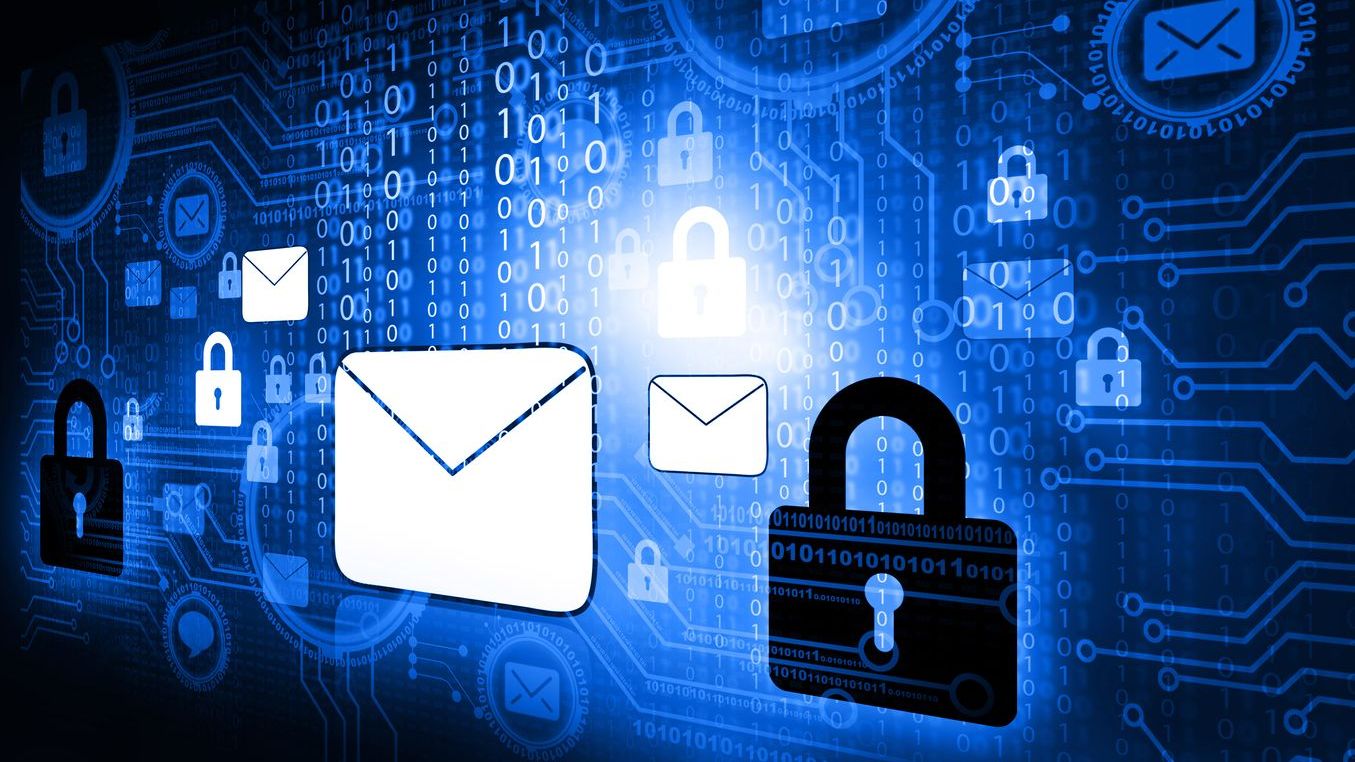Email is an integral part of our daily communication. With countless emails being sent and received daily, it has become an essential fabric of the day-to-day business activities that most of us take for granted.
The widespread use of email also has made it particularly susceptible to security risks, and many users should be aware of the value of the information and attachments they share with their colleagues, partners, and customers.
Email Attacks Are Growing in Frequency and Cost
The rise of social media platforms unfortunately made it easier for cybercriminals to conduct reconnaissance and successfully target organizations with minimal effort.
According to Barracuda’s 2023 Email Security Trends report, 75% of the organizations surveyed had fallen victim to at least one successful email attack in the last 12 months. By searching for employees on LinkedIn, for example, cybercriminals can obtain crucial information and conduct reconnaissance on their targets, which is why most cyberattacks today begin with email.

Shani Mahler
The cost of email-borne attacks also is rising. The FBI in its 2022 Internet Crime Report estimated that business email compromise (BEC) attacks cost businesses $2.7 billion in 2022, up from $2.4 billion in 2021. These email attacks are becoming even more sophisticated, according to the report, evolving from simple hacking or spoofing of business/personal email accounts with wire payment requests to fraudulent bank accounts.
“More recently, fraudsters are frequently utilizing custodial accounts held at financial institutions for cryptocurrency exchanges or having victims send funds directly to cryptocurrency platforms where funds are quickly dispersed,” per the report.
How XDR Minimizes the Chance of Compromise
Secure email gateways (SEGs) protect email systems by scanning incoming mail for malicious links, unusual domains, and other suspicious indicators.
Cybercriminals, however, have found sophisticated ways to skirt these types of detection, crafting more complex emails – such as QR code phishing – that not only fool users but also avoid the notice of these gateways. Businesses now must add more advanced email security technology, which leverages AI/machine learning, to successfully block sophisticated attacks and secure their email infrastructure and users.
Understanding your company’s digital environment is crucial to swiftly identifying and responding to threats. The integration of Extended Detection & Response (XDR) solutions as part of a layered security approach has emerged as a more comprehensive way to protect email communications and strengthen cyber defenses.
XDR combines security technologies, including endpoint protection, network and cloud security, and security information and event management (SIEM) solutions. Thus, it reduces alert fatigue, eliminates false positives, and provides a consolidated view of your digital assets’ security status.
By combining XDR with advanced email security using AI, organizations can make more informed decisions that improve business operations and maximize return on investment. Moreover, XDR automates remediation efforts, allowing the organization to respond rapidly and efficiently to threats.
Further, XDR can help your organization follow best practices. This includes knowing when multifactor authentication (MFA) or password management solutions are disabled, and ensuring that least-privilege management access to applications, information, and secure links to third-party applications are enforced. This can reduce the attack surface and minimize the risks of cyber threats.
With XDR integrated into a comprehensive email security effort, your organization can gain more visibility into potential vulnerabilities, respond faster to ongoing attacks, and reduce the risk of security breaches moving forward.
Shani Mahler is director of product management for Barracuda, a trusted partner and leading provider of cloud-first security solutions.
Image: iStock














